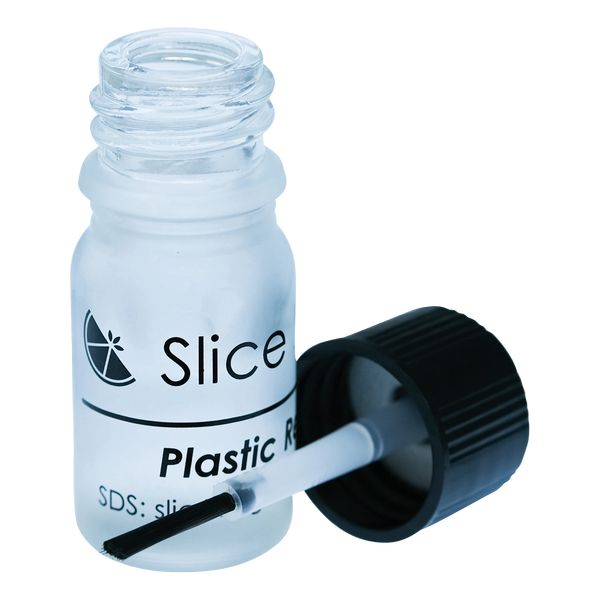
PTFE is commonly used material in 3D printer construction, but did you know it poses some danger?
This story was prompted by a comment to our story about Slice Engineering’s new “Plastic Repellent Paint”. It’s a coating you can place on top of metal hot end components, and it will hopefully deter stray plastic blobs from adhering during a catastrophic print failure. In some situations, this could prevent damage to the 3D printer and save you a lot of cash.
Plastic Repellent Paint Hazards
How does it work? The paint’s repellent properties derive from its chemistry, and it’s not entirely clear what it is composed of. The material safety sheet for the paint says the hazardous materials are:
“Alcohols, C9-11, ethoxylated”
It also says:
“Causes serious eye irritation.”
And:
“The thermal decomposition vapors of fluorinated polymers may cause polymer fume fever with flu-like symptoms in humans, especially when smoking contaminated tobacco.”
Sure, don’t smoke when you’re using this paint. I don’t smoke, so that won’t be a problem.
That doesn’t sound particularly dangerous, if precautions are taken.
However, while the ingredients are not formally stated, it is possible the paint is made from a PTFE mix. PTFE is commonly used in 3D printers to provide a low-friction surface. The ubiquitous “PTFE tube” smoothly carries otherwise sticky filament towards a hot end. Sometimes hot ends have a short length of PTFE tube built into them to provide a slick filament path right to the last possible millimeter.
But there are dangers with PTFE that can occur when it is heated. Fabbaloo reader Mike Benza commented:
“PTFE is the scientific name for one of the key components of Teflon. At high temperatures it breaks down into a gas that causes mild symptoms in humans but kills birds. There’s some evidence that if the Teflon coating on a pan is damaged those fumes can be released at lower temperatures. Please be careful using this [plastic repellent paint] if you have pet birds / note this in the article.”
This is entirely true, and 3D printer operators should be aware of this scenario.
All Metal Hot Ends and PTFE
There’s a reason there are “all metal hot ends”. These components do not have PTFE tubes within them, and thus you can raise the hot end temperature to levels beyond that which would cause off-gassing in PTFE.
You never want to raise the temperature of a non-metal hot end above PFTE off-gassing levels, but this can happen by accident or if the 3D printer operator is unaware of the danger.
Back to the paint: if it does indeed contain PTFE, then there is a potential danger if it is applied to all metal hot ends that are intended to be raised to high temperatures. This could cause the PTFE to break down and release its bird-deadly gas. It likely will cause the non-stick properties to degrade, too.
What should you do? It would seem appropriate to use this paint on PTFE-equipped hot ends, but not for all metal hot ends. When you’re deciding on this option, please keep safety in mind.
